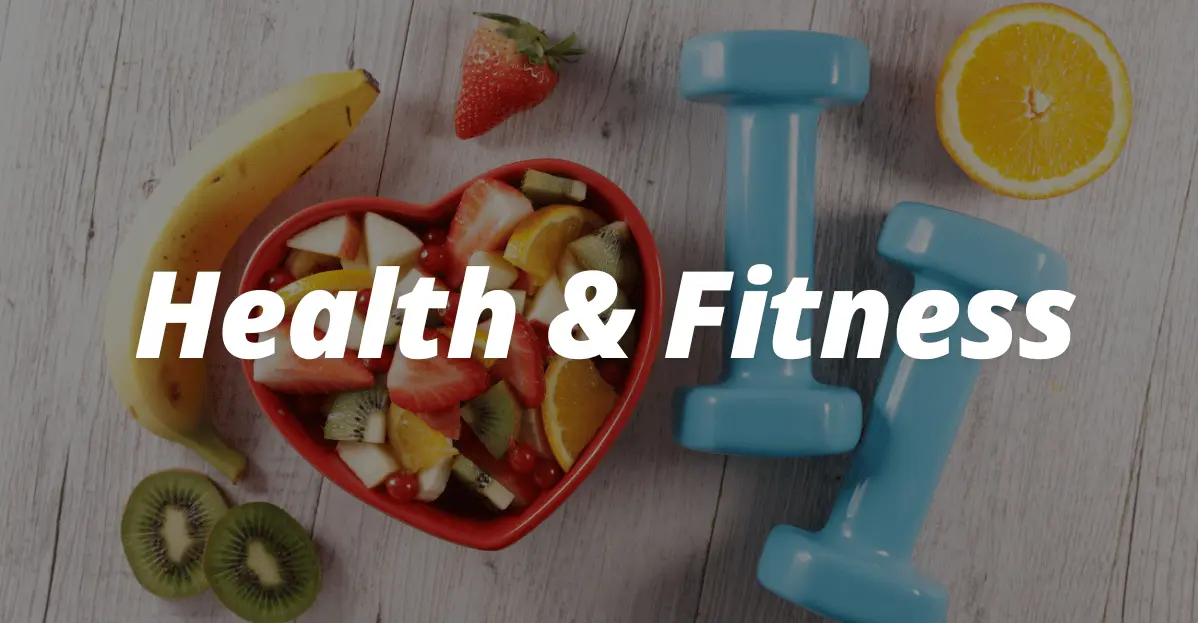Place where you get holistic approach to health and fitness

Personalized Fitness Programs
Dietary Modifications to Restore your Health
Lifestyle Changes To Get Healthy & Fit
Yoga & Meditation Processes To Boost Well Being
24/7 Support From AFC Team
Internationally certified and experienced trainers, dieticians and yoga experts
Are you someone who doesn’t have time to exercise or pay attention to your diet; then we have something interesting for you
Are you struggling to loose fat or maintain good health; start making dietary and lifestyle changes advised by your AFC coach
Struggling to get mental peace and happiness; start to reverse your condition with your AFC coach


Training with All Fit Club has been an memorable experience. I have been strength training for decades but for last few years training with All Fit Club has made a big difference in my health, number on weighing scale and overall well-being.

We both have training with All Fit Club for couple of years now. The best part has been personalised regime according to the strengths and weeknesses. We are even helped with our meditation practice to deepen concentration and recover well. Thank you so much for all the help and support

Wow! They have exceptional coaches. Their insights and knowledge is amazing with regards to physical and mental well-being. To my amazement they guide an individual as per there needs. Me and my parents are working with them and have seen finominal differences. Their approach is very holistic in nature. And I highly recommend them to anyone wanting to work on their health.

All Fit Club have excellent coaches. Teams effort for making me fit is amazing. Their knowledge about maintaining good health is really helping out a lot to lose weight.They combine science backed knowledge with traditional wisdom. Even I am training online with them and can see significant results. Appritiate their dedication.
Shivam has been a dedicated and knowledgeable trainer. Soft spoken and sweet. With a little more experience, he will surely rise in this profession. I wish him all the very best.
Shivam is an excellent fitness trainer. His efforts in helping me get fit are amazing. His knowledge about maintaining good health is really helping me a lot in losing weight. In addition to training, he also provides and shares diet plans for fat loss and good health. Even though I am taking virtual sessions, I can already see the results within a month's time. I truly appreciate his dedication and regularity in the sessions.

The word HEALTH is derived from the word called HALE which means “whole”. These days it has gotten all complicated. The amount of information without...

Introduction In the digital age, IT professionals form the backbone of every successful business. It’s just like they are the unsung heroes, constantly doing work

Why do we gain FAT? Can you remember how many times have you heard of the questions related to FAT LOSS in the past 10...

Introduction Yoga, an ancient mind-body practice that originated in India, has been proven to offer a myriad of health benefits, accentuating our physical fitness while...

The Importance of Exercise: Beyond the “What” Exercise is a crucial component of a healthy lifestyle, but it’s not just about what exercises you choose

1. Introduction: The Gut-Brain Connection Definition and Significance Have you ever felt butterflies in your stomach before a big presentation or experienced a “gut feeling”...